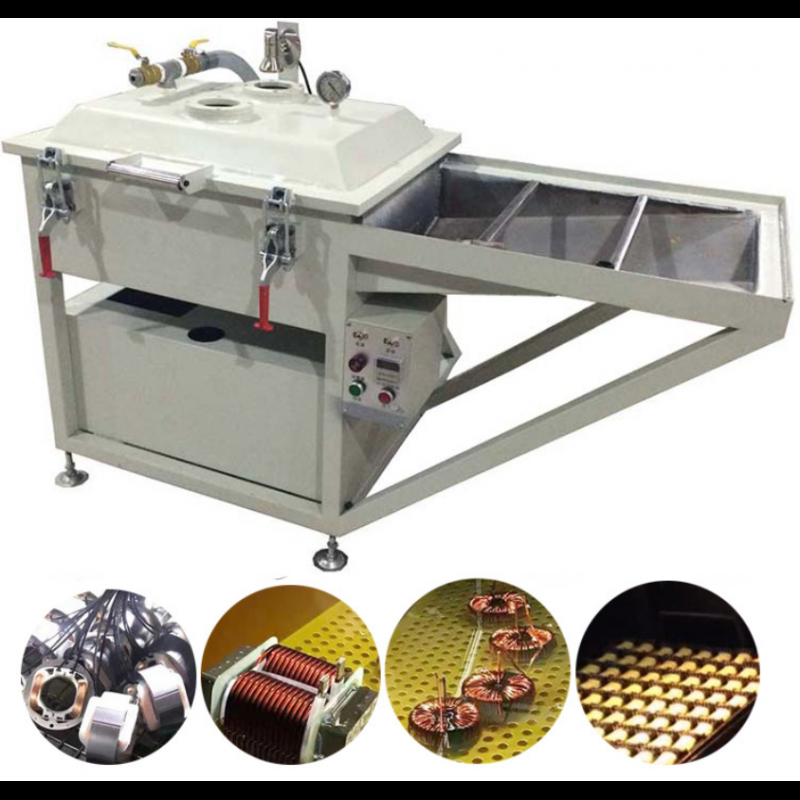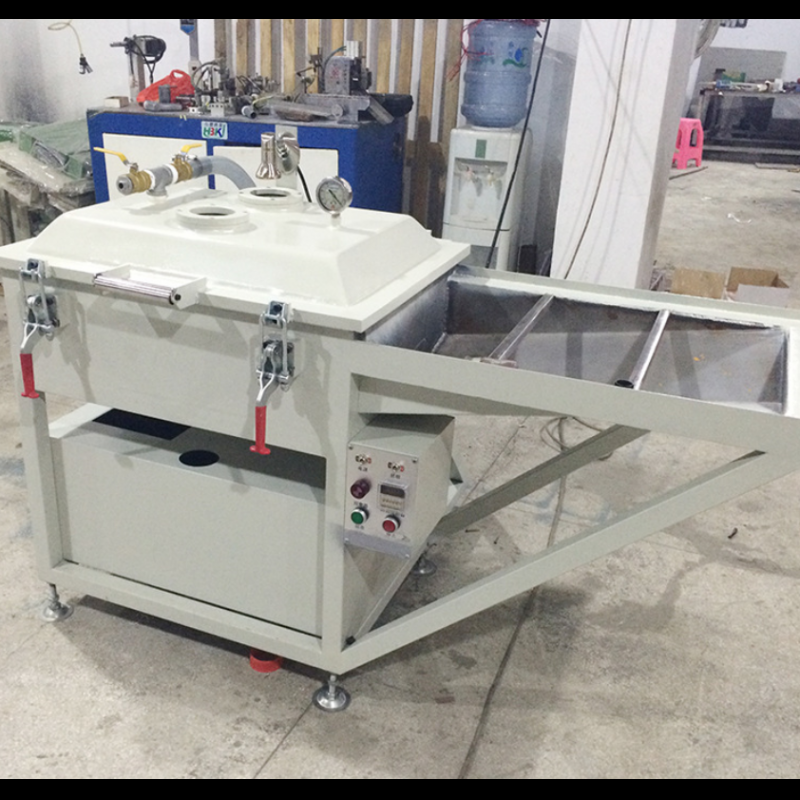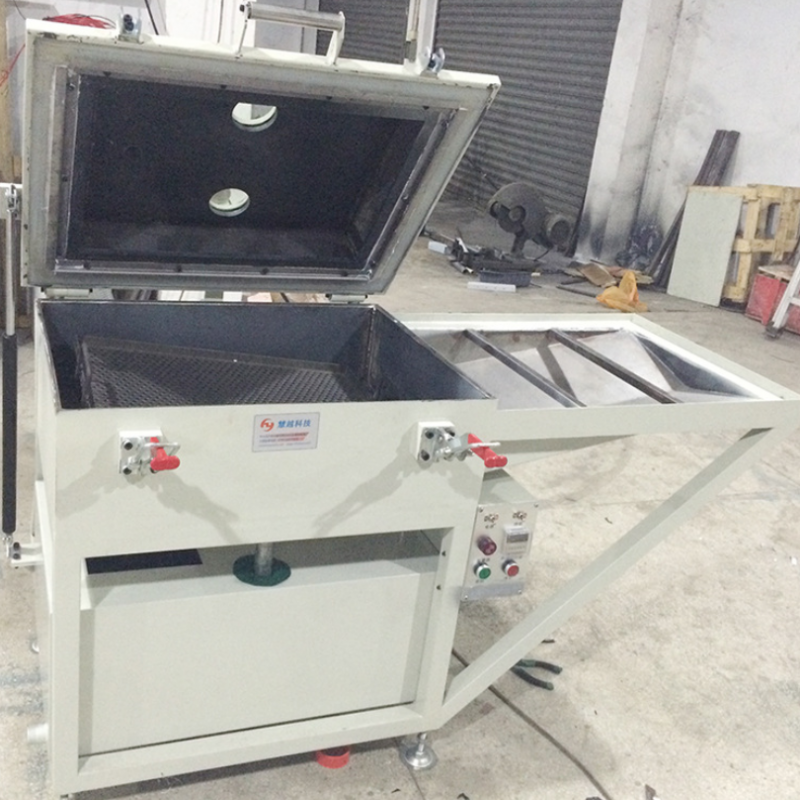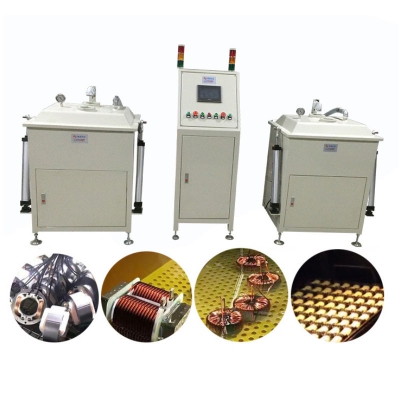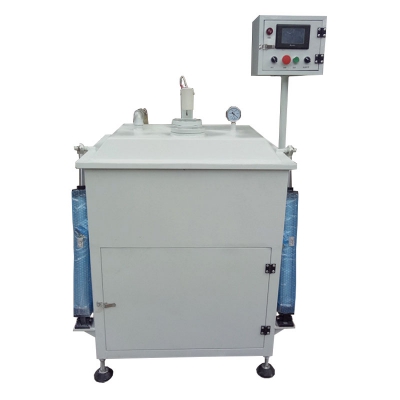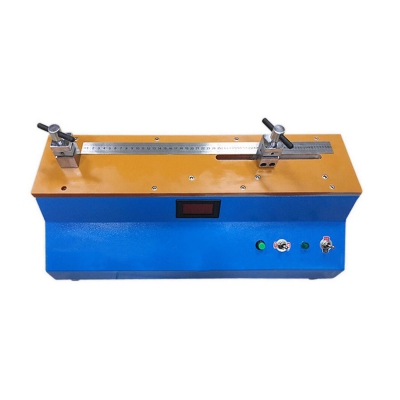Scope of application:
Mainly used for immersion operations of high and low frequency transformers, inductors, coils, motors and other products.
Parameter:
|
Model |
Single cylinder |
|
Overall dimensions |
L1500 * W900 * H1100mm |
|
Cylinder volume |
L700 * W530 * H200mm |
|
immersion tray size |
Large:L550 * W470 * H45mm |
|
Small: L600 * W240 * H20mm |
|
|
Power |
1HP |
|
Power input |
AC220V/380V 50Hz/60Hz |
|
Net weight |
220KG |
|
Vacuum pump |
5L/S |
|
Box thickness |
6mm National standard high-quality steel |
Application area:
Vacuum immersion machine is a device suitable for immersion treatment of high-frequency and low-frequency transformers, inductors, motors, inductors, rectifiers, hardware castings, and C-type iron cores. It has the functions of improving the mechanical strength, insulation strength, moisture resistance, mold resistance, and noise reduction of coils; Resin filling for various metal film capacitors, electrolytic capacitors, vacuum degassing process for small and medium-sized resin crafts, and vacuum degassing process for various plastic PU raw materials. Can improve product quality, reduce production costs, save and increase efficiency, and protect the environment. This equipment generally comes in dozens of varieties, including assembled, bulk, square cylinder, single machine multi cylinder, multi machine single cylinder, and multi machine multi cylinder types.
Operation steps:
1. Place the object to be immersed into the cylinder, close the cylinder head and lock the locking device of the cylinder head.
2. Start vacuuming and maintaining negative pressure for a period of time; Press the liquid in the storage tank into the cylinder under atmospheric pressure,
Close the inlet pipeline when the liquid reaches a certain height.
3. Continue to evacuate and maintain pressure after reaching a certain negative pressure.
4. Balance the intake, open the suction port, and air will naturally enter the cylinder under atmospheric pressure, making the pressure inside the cylinder equal to the pressure outside the cylinder.
5. Exhaust, open the suction tube to let the air inside the cylinder breathe out. The pressure reaches the same level as the outside of the cylinder block.
6. Drain the liquid and press out all the liquid in the cylinder, then close the drain port (maintain pressure inside the cylinder).
7. Exhaust again to balance the pressure inside and outside the cylinder, and remove excess liquid inside the immersed object.
8. Drain, open the lid, and remove the object.








